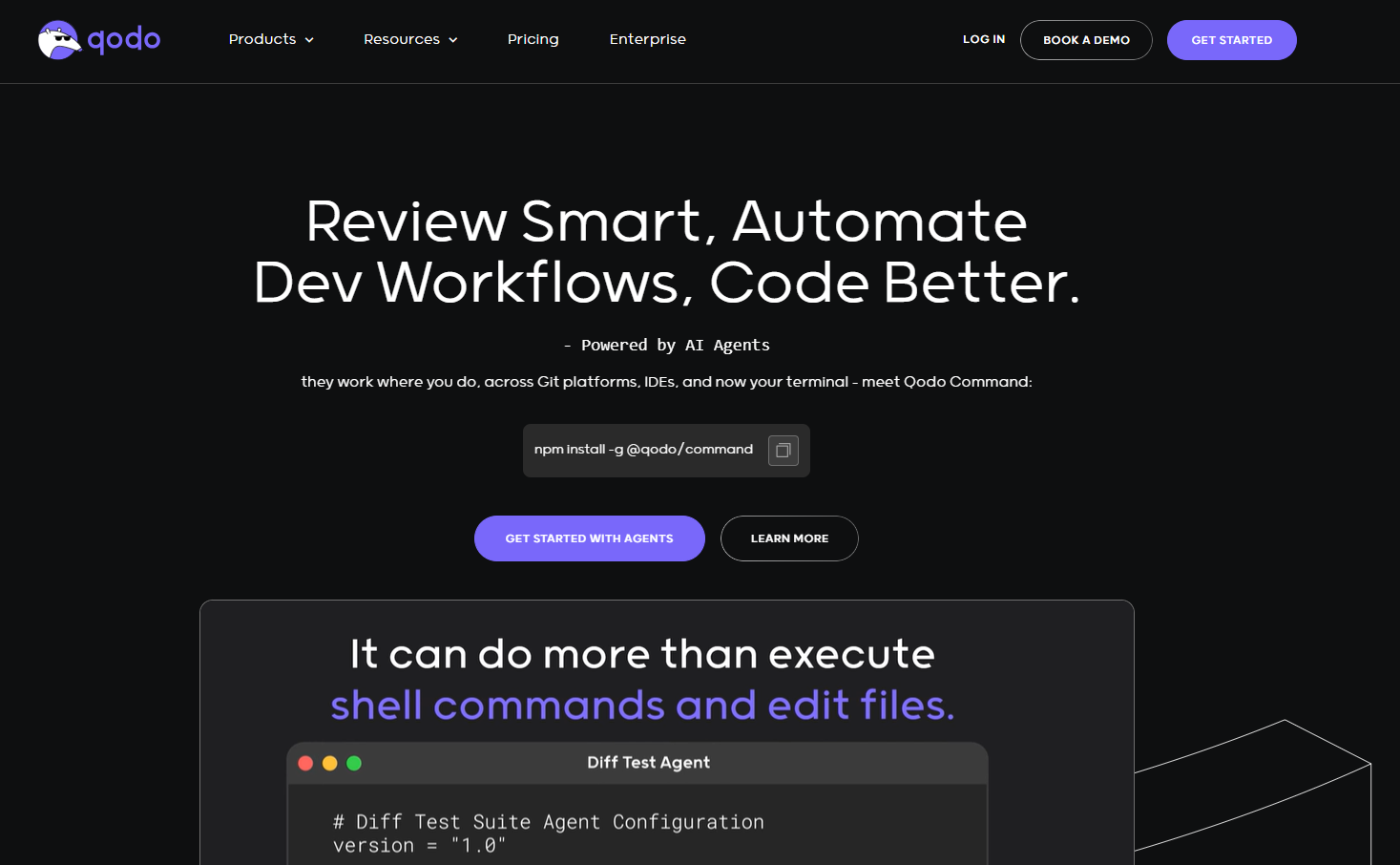Windsurf launched in November 2024 as Codeium's flagship IDE - not just an extension, but a complete rethink of how AI and developers should work together. The key difference? Most AI coding tools are reactive. You ask, they answer. Windsurf is proactive - it's watching your workflow, tracking your files, and building a live map of your project.
The Cascade Difference

Here's where Windsurf gets interesting. Cascade isn't just a fancy chatbot - it's what Codeium calls an "agentic" system that builds a semantic understanding of your codebase. When you ask it to "add error handling to the API client," it doesn't just look at one file. It understands your project structure, follows your imports, and makes changes across multiple files like a senior developer would.
The technical difference: Traditional AI assistants work file-by-file. Cursor's pretty good at this, GitHub Copilot is solid for single-line suggestions. But Cascade builds what's essentially a dependency graph of your entire project. It knows that changing your database model means updating your API routes, your TypeScript types, and your frontend components.
Two Modes for Different Needs

Windsurf gives you Write Mode and Chat Mode, and this isn't just UI sugar - they're built for different workflows:
- Chat Mode: Traditional back-and-forth. Good for exploring ideas, debugging, or when you're not sure what you want
- Write Mode: Cascade takes control and makes changes directly. You describe what you want, it executes across multiple files
I've seen Write Mode handle refactors that would take me an hour in about 3 minutes. But the real magic is that it shows you a diff preview before applying changes - no surprises.
Beyond Autocomplete
Tab is Windsurf's answer to GitHub Copilot's autocomplete, but it's not trying to be just faster. Instead of completing your current line, Tab tries to predict your next action. It might complete several lines, add an import, or even create a new function it thinks you'll need.
Supercomplete goes further - multi-line completions that understand the broader context of what you're building. If you're working on a React component, it doesn't just complete the JSX - it might suggest the entire component structure, props interface, and even basic styling.
How This Actually Works Under the Hood
So what's happening behind the scenes? Windsurf uses a hybrid setup:
- Local processing: Lightweight operations run locally (using optimized Llama models) for speed
- Cloud processing: Complex reasoning tasks hit premium models like GPT-4o and Claude 3.5 Sonnet
- Smart routing: The system automatically picks the right model for each task
Translation: fast autocomplete from your machine, smart reasoning from the cloud. You don't have to pick - it just works.
Real-World Performance
According to Windsurf's own stats, their users write about 94% of their code with AI assistance. That might sound inflated, but after using it for a few months, I believe it. When the AI can handle entire features from a single prompt, you end up writing a lot less boilerplate by hand.
The tradeoff? It uses more memory and CPU than a traditional editor. This isn't VS Code with an extension - it's running AI models, building project graphs, and doing a lot of background processing.
Who's It Actually For?
Windsurf shines when you're working on:
- Multi-file features: API changes that ripple through frontend and backend
- Complex refactoring: Moving from one architecture to another
- Learning new codebases: Cascade can explain how different parts connect
- Rapid prototyping: From idea to working code faster than traditional tools
It's probably overkill if you're just writing simple scripts or working on small, single-file projects. The AI assistance is impressive, but you'll spend more time waiting for it to load than you'll save on a basic HTML page.
The Honest Assessment
Windsurf feels like what VS Code would be if Microsoft rebuilt it around AI instead of retrofitting extensions. The AI integration is deeper and more thoughtful than anything else I've used. But it's also newer, occasionally buggy, and definitely more resource-hungry.
The free tier is genuinely useful - 25 prompt credits per month plus unlimited basic features. That's enough to evaluate whether the approach works for your workflow. If you find yourself hitting the limits, the Pro plan at $15/month is competitive with Cursor ($20) and way more capable than GitHub Copilot ($10) for complex projects.
The bottom line: if you're tired of AI tools that feel bolted-on and want something that actually understands your codebase as a system, not just a collection of files, Windsurf is worth the download.

